Available 24/7
Available 24/7
 Save 45%
Save 45%
(MRP Inclusive of all taxes) Shipping ₹79 for entire order Dispatch in 7 days Country of origin: India Today's Offer Get ₹249 Air Purifier ...
View full details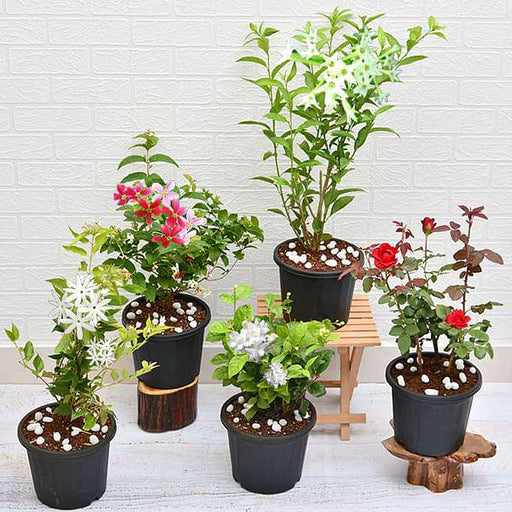 Save 12%
Save 12%
(MRP Inclusive of all taxes) Shipping ₹79 for entire order Dispatch in 7 days Country of origin: India Today's Offer Get ₹249 Air Purifier M...
View full details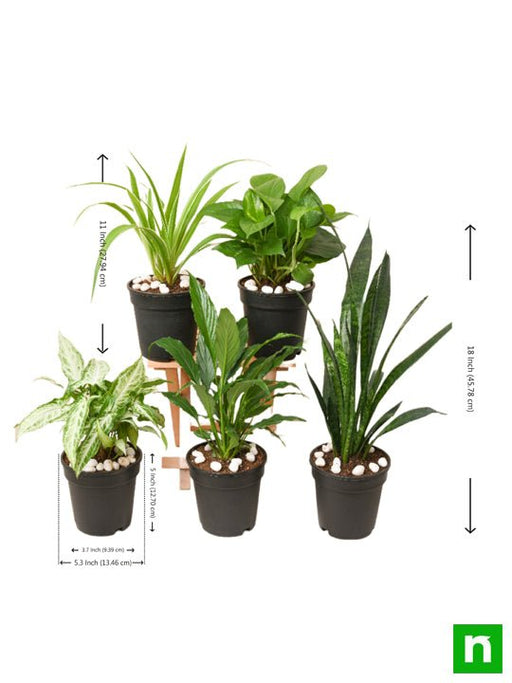
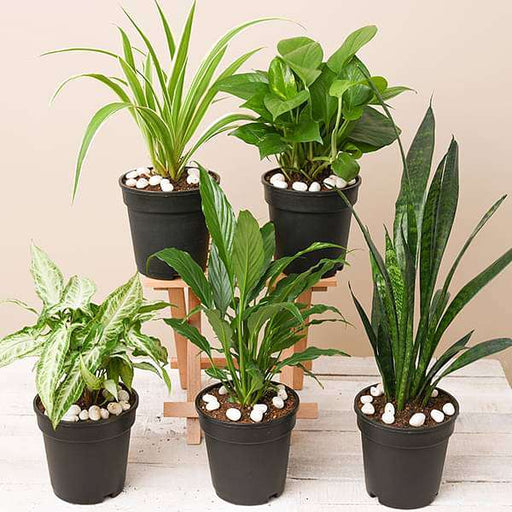 Save 21%
Save 21%
(MRP Inclusive of all taxes) Shipping ₹79 for entire order Dispatch in 7 days Country of origin: India Today's Offer Get ₹249 Air Purifier M...
View full details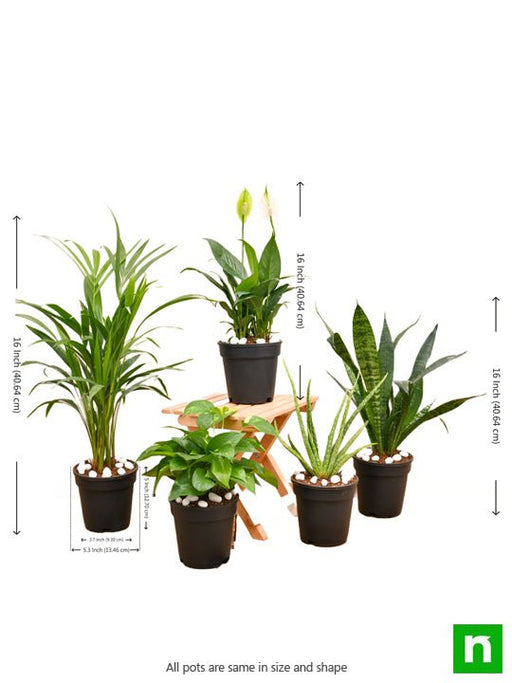
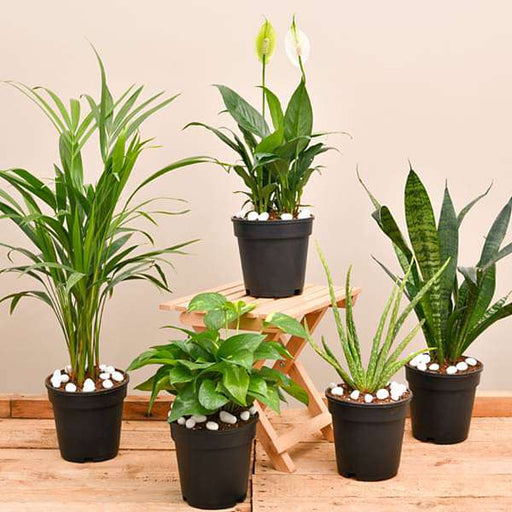 Save 20%
Save 20%
(MRP Inclusive of all taxes) Shipping ₹79 for entire order Dispatch in 7 days Country of origin: India Today's Offer Get ₹249 Air Purifier M...
View full details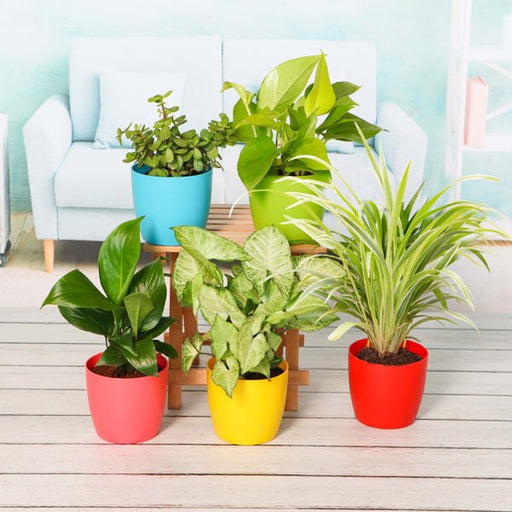 Save 16%
Save 16%
(MRP Inclusive of all taxes) Shipping ₹79 for entire order Dispatch in 7 days Country of origin: India Today's Offer Get ₹249 Air Purifier M...
View full details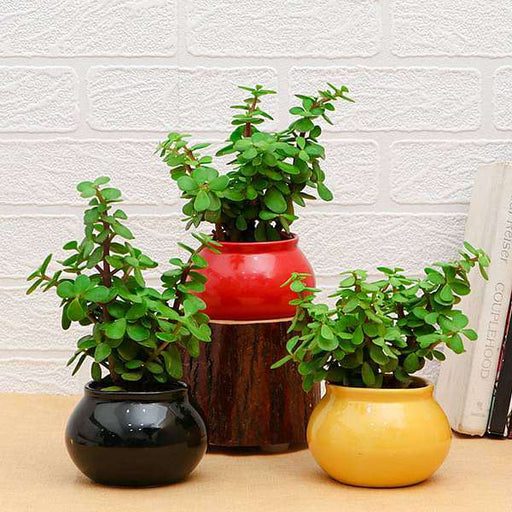 Save 22%
Save 22%
(MRP Inclusive of all taxes) Shipping ₹79 for entire order Dispatch in 7 days Country of origin: India Today's Offer Get ₹249 Air Purifier M...
View full details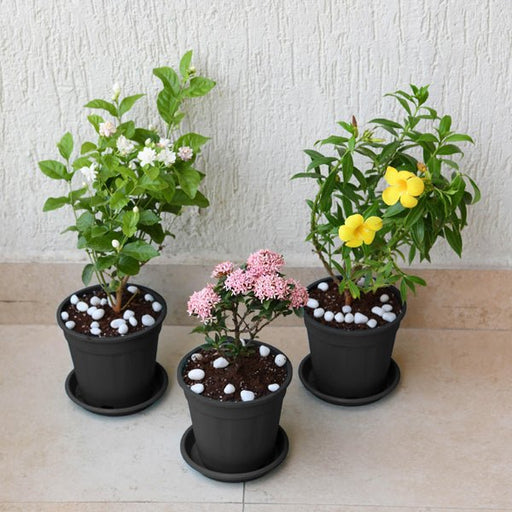 Save 17%
Save 17%
(MRP Inclusive of all taxes) Shipping ₹79 for entire order Dispatch in 7 days Country of origin: India Today's Offer Get ₹249 Air Purifier M...
View full details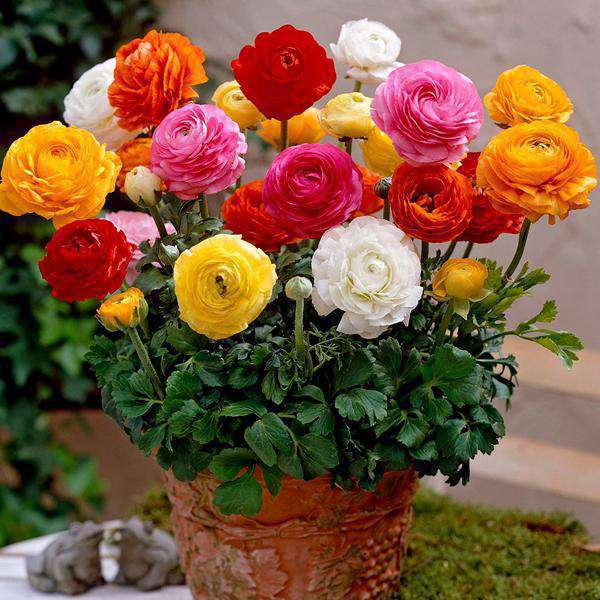
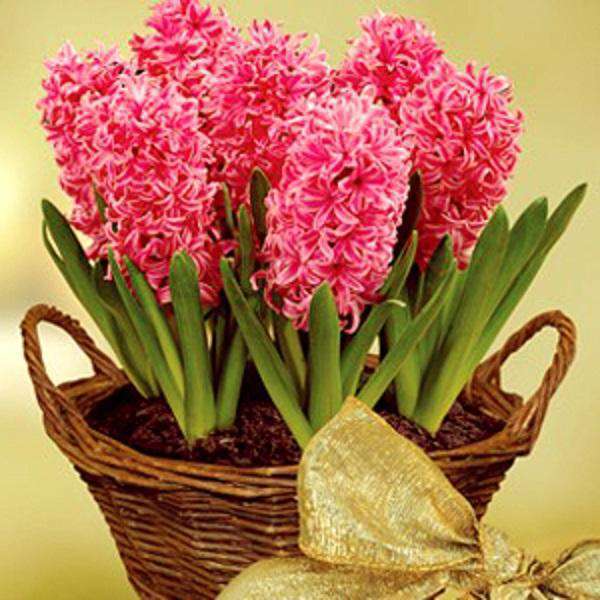
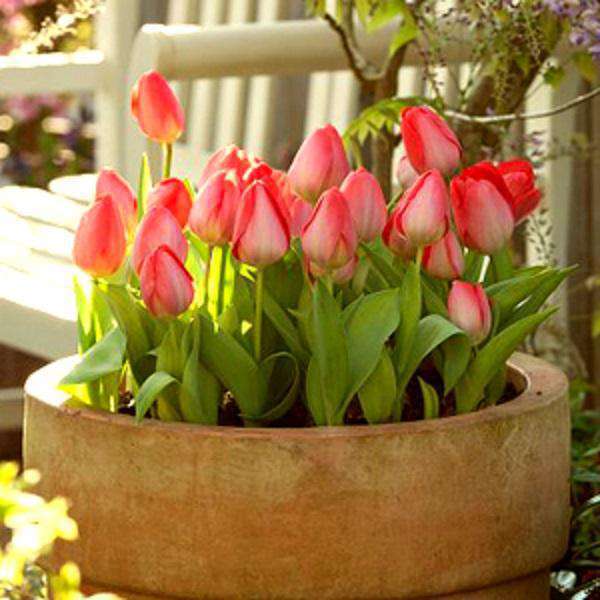
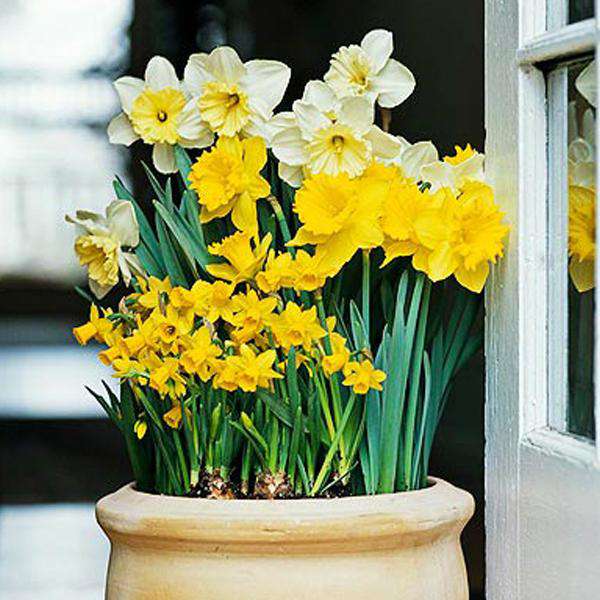
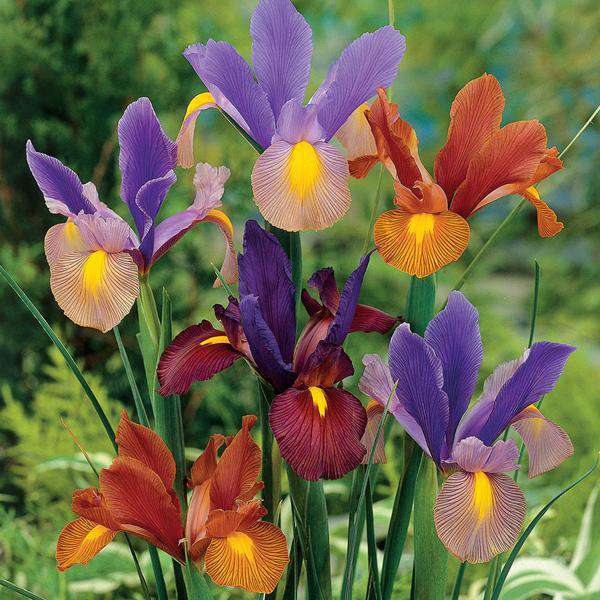
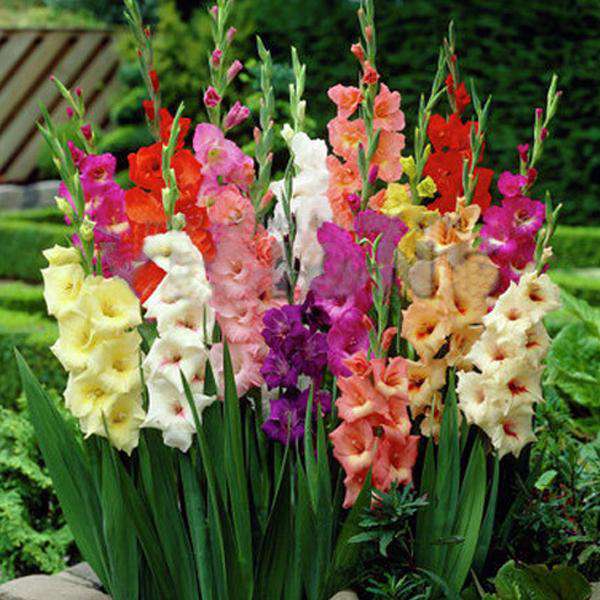
Everyone wants to have a beautiful garden with a wide variety of flower plants. In all honesty, purple flower plants are one of the most beautiful colored plants; they add a great aesthetic to your garden.
They blossom with a range in colors from light lilac to deep violet. Every shade of purple is certain to add some class to your ambience!
Purple flower plants make the atmosphere of the garden very soothing. Bearing a shade that has, for some time, being an image of sovereignty, the purple flower also depicts extravagance and class.
Anyone that will look at the purple flower plants will feel happy and at peace. In this collection we have Hibiscus, Krishna Kamal, Gloxinia and more.
Benefits of Purple Flower Plants
They work perfectly with any other colored plant. If you are looking to make your garden colorful, then these plants can be a great choice. It goes well with any other coloured plants such as white, orange, red, and blue.
When we dive deep into purple flower plants, there are more than 60 species of plants that you can choose from. Some of the plants include Hibiscus plant, Stachytarpheta plant, Crocus plant, Gomphrena plants, Zinnia plant, Vinca plant, and many more.
These plants are fantastic to have as they require low maintenance, and they brighten up the garden’s style.
With the right mix of coloured plant, your garden will be breathtaking, and it will look like a masterpiece.
Why Choose NurseryLive?
Purple flower plants require a fair amount of water and sunlight to bloom. Therefore, make sure that the plant has enough sunlight and is planted in the right planter that can store water.
You can get the perfect planter for your plant at NurseryLive.
NurseryLive provides everything you would require to create your ideal garden, numerous seed types, 6000+ plants, gardening pebbles, top-quality gardening equipment, and exploring our store to know more!
Purple flowering plants can add a touch of drama and elegance to any garden. If you have a sunny garden, there are many purple flowering plants that will thrive in full sun. In this article, we'll explore some of the best purple flowering plants for full sun.
If you have a shaded area in your garden, it can be challenging to find plants that will thrive. However, there are many purple flowering plants that will do well in shade, adding a pop of color to your garden. We'll explore some of the best purple flowering plants for shaded areas in this article.
Purple flowering plants are perfect for adding interest and texture to borders. From bold and bright to subtle and delicate, there's a purple flowering plant to suit every taste. We'll explore some of the best purple flowering plants for borders in this article.
If you don't have a garden, or you want to add some color to your patio or balcony, purple flowering plants in pots are a great option. They're easy to care for and can be moved around to suit your needs. We'll explore some of the best purple flowering plants for pots in this article.
Bees are essential for pollinating plants, and purple flowering plants are a great way to attract them to your garden. We'll explore some of the best purple flowering plants for attracting bees in this article.
Butterflies are a beautiful addition to any garden, and purple flowering plants are a great way to attract them. We'll explore some of the best purple flowering plants for attracting butterflies in this article.
Hummingbirds are a joy to watch, and purple flowering plants are a great way to attract them to your garden. We'll explore some of the best purple flowering plants for attracting hummingbirds in this article.
Adding fragrance to your garden is a great way to enhance the overall experience. Purple flowering plants with a lovely scent are a must-have. We'll explore some of the best purple flowering plants for fragrance in this article.
Texture is an important element in any garden design. Purple flowering plants with interesting textures can add depth and dimension to your garden. We'll explore some of the best purple flowering plants for texture in this article.
If you love having fresh flowers in your home, purple flowering plants that make great cut flowers are a must-have. We'll explore some of the best purple flowering plants for cut flowers in this article.
If you have a rock garden, purple flowering plants are a great way to add interest and color. We'll explore some of the best purple flowering plants for rock gardens in this article.
Wildflower meadows are a great way to add a natural feel to your garden, and purple flowering plants are a great addition. We'll explore some of the best purple flowering plants for wildflower meadows in this article.
Beneficial insects like ladybugs and lacewings are great for controlling garden pests, and purple flowering plants are a great way to attract them. We'll explore some of the best purple flowering plants for attracting beneficial insects in this article.
Ground covers are an excellent way to fill in gaps and provide a uniform look to your garden. Purple flowering ground covers can add a pop of color and interest. We'll explore some of the best purple flowering plants for ground covers in this article.
Hedges are a great way to create privacy and define boundaries in your garden. Purple flowering hedge plants can add a touch of elegance and beauty to your garden while still serving their purpose. We'll explore some of the best purple flowering plants for hedges in this article.
If you're looking for low maintenance purple flowering plants, there are many options to choose from. We'll explore some of the best low maintenance purple flowering plants in this article.
Vertical gardening is a great way to maximize space in small gardens, and purple flowering plants can add a splash of color to your vertical garden. We'll explore some of the best purple flowering plants for vertical gardening in this article.
Cottage gardens are known for their charm and romantic feel, and purple flowering plants are a perfect fit. We'll explore some of the best purple flowering plants for cottage gardens in this article.
If you live in an area with low rainfall or want to conserve water, purple flowering plants that are drought-tolerant are a great option. We'll explore some of the best purple flowering plants for drought-tolerant gardens in this article.
Even in the winter, your garden can have a splash of color with purple flowering plants that bloom in the colder months. We'll explore some of the best purple flowering plants for winter gardens in this article.
Purple flower plants are plants that produce flowers with shades of purple, ranging from light purple to dark purple. These plants come in a wide variety of shapes and sizes, making them suitable for a range of garden styles.
There are many types of purple flower plants, including lavender, salvia, verbena, petunias, and iris.
Purple flower plants can be planted in a variety of locations, including garden beds, borders, containers, and hanging baskets.
The best time to plant purple flower plants is in the spring, after the last frost has passed.
Purple flower plants should be watered regularly, but not excessively. The soil should be kept moist but not waterlogged.
Purple flower plants should be fertilized with a balanced fertilizer every two to three weeks during the growing season.
Purple flower plants prefer well-draining soil that is rich in organic matter.
Most purple flower plants prefer full sun, although some varieties can tolerate partial shade.
Purple flower plants should be deadheaded regularly to encourage the production of new blooms.
Purple flower plants should be pruned regularly to maintain their shape and promote healthy growth.
To prevent diseases and pests, purple flower plants should be kept clean and well-maintained, and any diseased or infested plants should be removed immediately.
Purple flower plants can be propagated through cuttings, division, or seed.
Purple flower plants should be protected from extreme weather conditions, such as frost or heat, by covering them with appropriate materials or moving them to a more sheltered location.
Some purple flower plants can be grown indoors, but they require plenty of sunlight and good air circulation.
The lifespan of purple flower plants varies depending on the species, but most can live for several years with proper care.
When selecting purple flower plants, consider the size of your garden, the amount of sun and shade it receives, and your personal preferences for color and fragrance.
Annual purple flower plants only live for one growing season, while perennial purple flower plants can live for multiple years.
Purple flower plants can add color and interest to your garden, attract beneficial insects and pollinators, and improve air quality.
Yes, purple flower plants can be grown in containers, as long as the containers are large enough to accommodate their roots and provide adequate drainage.
Purple flower plants should be transplanted carefully, taking care not to damage their roots. Make sure to plant them at the same depth they were previously growing and water them thoroughly after transplanting.
When choosing a pot size for your purple flower plants, make sure it is large enough to accommodate their roots and allow for proper drainage. A good rule of thumb is to choose a pot that is at least twice the size of the plant's root ball.
Purple flower plants that are not winter hardy should be brought indoors or covered with a frost cloth to protect them from cold temperatures.
Yes, purple flower plants can be used as ground cover, providing a colorful and low-maintenance alternative to traditional grass.
To prevent purple flower plants from becoming invasive, make sure to choose non-invasive species and keep them contained to their designated growing areas.
Yes, many purple flower plants can be grown from seed, although some species may require special care and conditions to germinate.
To attract pollinators to your purple flower plants, choose varieties that are known to attract bees, butterflies, and hummingbirds, and plant them in areas with plenty of sunlight and shelter from wind.
Yes, many purple flower plants make excellent additions to floral arrangements, adding color, texture, and fragrance.
To determine if your purple flower plants need more or less water, check the moisture level of the soil at the plant's root level. If the soil feels dry, it needs more water, but if it feels wet, it needs less.
To determine if your purple flower plants are getting enough sunlight, check the recommended sun exposure for the species and monitor the plant's growth and bloom production.
Common problems that can affect purple flower plants include pests, diseases, nutrient deficiencies, and environmental stressors. Regular maintenance and proper care can help prevent and mitigate these issues.